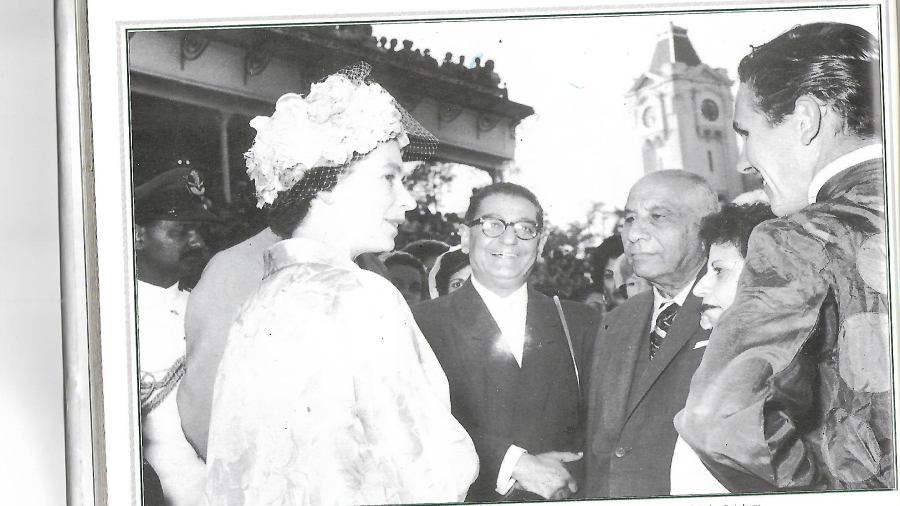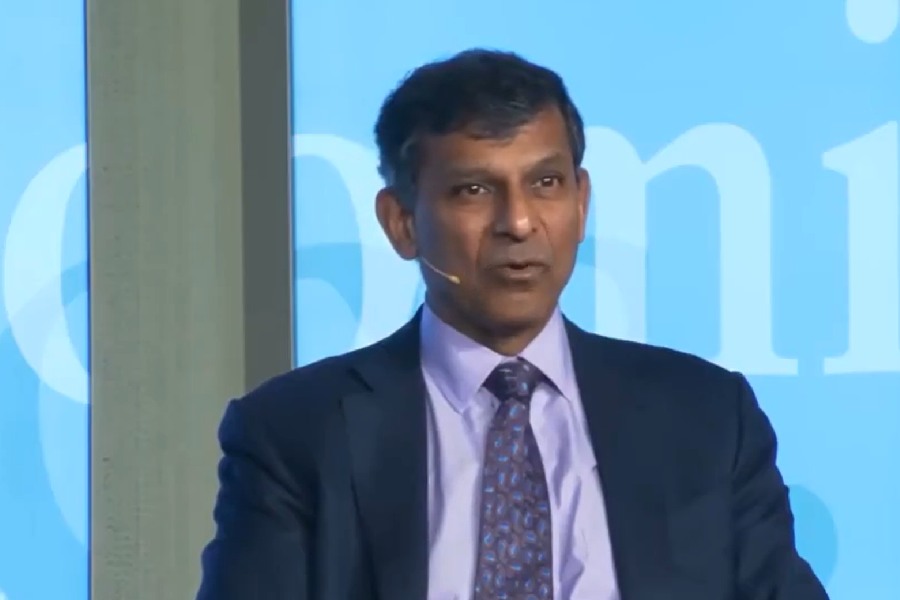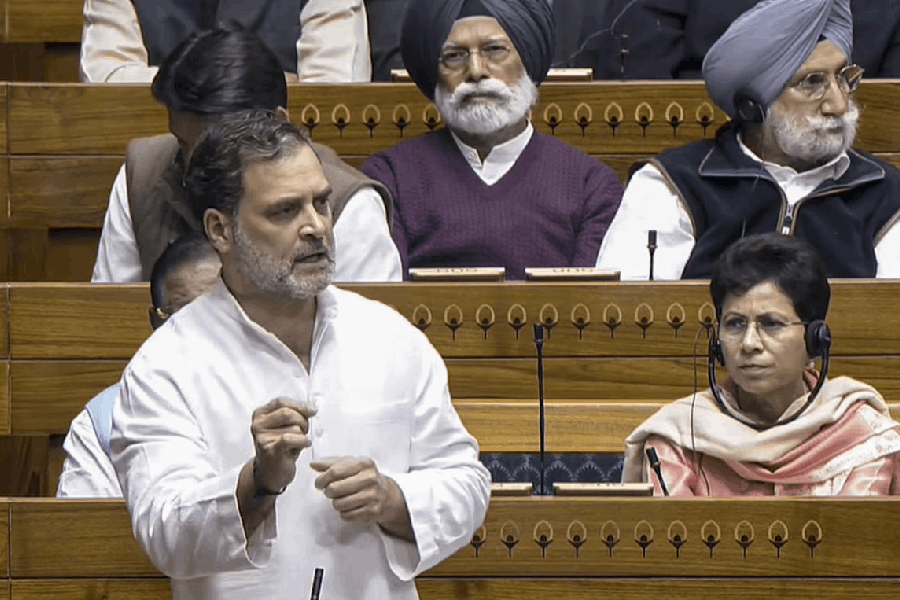Few races anywhere in the world will compare with the history and tradition of the Queen Elizabeth II Cup (Grade III). Run traditionally on the second Saturday of February, under the auspices of the Royal Calcutta Turf Club, the race traces back over 167 years, or to 1856 to be precise. It’s being run a week late this year thanks to the pandemic, which was instrumental in derailing it last year.
There are just three such races run across the globe, the other two being at Ascot in the UK and in Hong Kong. Even today, the trophy is made by the Royal Jewellers in the UK and consigned to reach Calcutta from Buckingham Palace.
Changes in name
Of course, the race has gone by different names since inception and when it came into existence, it was called the Governor General’s Plate. Two years later, it was renamed the Viceroy’s Cup and continued to be so till 1946, with a five-year hiatus in between. The period from 1947 to 1949 saw the race being run as the Governor General’s Cup and then in 1950 King George VI gave the race that truly royal touch and it was named the King George VI Cup until he passed away in 1952. On February 6, 1952, Queen Elizabeth II ascended the throne and from 1953, the race has been run as the Queen Elizabeth II Cup.
The romance and the allure of the Queens Cup has been highlighted and brought to the fore by the novelist Rumer Godden in her book The Dark Horse. Her story revolves around a horse named Dark Invader, who just might have been Dark Legend, who won The Viceroy’s Cup in 1918. In fact, the Author’s Note shows the pride of place that the race held in India and the UK. It states: “This story is taken from an event that happened in Calcutta years ago and has become a legend in Calcutta’s racing circles. It has been documented in the official history of the Royal Calcutta Turf Club.”
The story, set in the 1920s, goes that the horse was sold as a Yearling in England, where he was cared for by an ex-jockey turned stable lad named Ted Mullins, who adored him. He showed promise, but in his first start, his jockey, a rogue named Bacon, pushed him mercilessly beyond all limits. He lost his interest in racing after that. His owners felt that he had no future and he was sold to a Mr Leventine, who had him shipped to Calcutta where he was based, along with Mullins.

Queen Elizabeth II meets the winners of the Queen’s Cup, A. H. Bilimoria and his wife, with jockey Swinburn on February 18, 1961.
In Calcutta, he was stabled not too far from the race course and Mullins nursed Dark Invader back to form. He began reeling off one win after another and was being touted as the favourite for the Viceroy’s Cup when disaster struck. Bacon, the English jockey who had ill-treated him, came to Calcutta to see this transformation. He tried to get astride the Invader who recognised him and went berserk. He threw Bacon off, broke out of the race course and ran out onto the main road (now called AJC Bose Road). After galloping along riderless in an absolute frenzy, he ducked into an open gateway, which was the entrance into a convent run by The Sisters of Poverty.
The nuns, upon hearing a commotion, rushed into their courtyard, to see a big dark bay horse standing there looking spooked and petrified. Their first reaction was to praise The Lord for answering their prayer and sending them the horse that they had been praying for as they had only recently lost their old cart horse who would haul their carriage to market each morning. They befriended Dark Invader who was pampered like a pet and he relished the care and attention and the carrots that the nuns smothered him with. He settled down so well that on the second day he was harnessed to the cart and he obligingly trotted along to market.
On their way back to the Convent from the market, he was spotted by the man who trained him. He immediately got in touch with Mr Leventine and they rushed to the Convent. They explained the situation to the nuns and assured them of not one but two replacements for the horse. Tearfully, they handed Dark Invader back to his trainer, who in turn presented them with two horses for their own use.
A few days later, The Sisters Of Poverty were amongst his most vociferous supporters as Dark Invader romped home to win the Viceroy’s Cup. That evening, they visited the horse that the Lord had sent them and fed him carrots and lumps of sugar, which the handsome
16-hand thoroughbred devoured gleefully with all the gentleness of a lamb.

A novel by Rumer Godden possibly inspired by the saga of the horse that won the cup, then named after the Viceroy, in 1918 in Calcutta.
A mile and more
The Queen’s Cup itself is a Weight For Age Race (with penalties) and is run over a gruelling distance of 2,800 metres or a mile and three quarters. It is the oldest Group Race run in the country and it has been won by some of the greatest horses that ever graced the Turf in India. The English gelding Mayfowl is the only one to have won it four times and that too in succession. The quadruple included a historic Dead Heat with a mare named Brogue in 1912.
Sixty-one years ago to the day (February 18, 1961), Her Majesty Queen Elizabeth II had been here in person to grace the occasion and present the trophy. Twenty horses lined up to face the Starter, and it was won that evening by a rank outsider named Pa Bear, who was ridden by Wally Swinburn, trained by Mac Galstaun and owned by a man named Ardeshir Billimoria. He was the owner of the Great Eastern Hotel and he treasured those few moments with Her Majesty throughout his life.
Tip for the turf
This time around, a six-year-old got abroad bay mare named Parisian, trained by champion trainer Pesi Shroff, will be the piping hot favourite in a small field. She obliterated the opposition while winning the Indian Champion Cup 11 days ago. Her presence in the line-up has probably scared away most of the contenders, and she seems to have the Queen’s Cup at her mercy. A winner’s prize of a shade under a million rupees awaits her, but it would pale in comparison to the silverware that is crafted by the Queen’s very own jewellers in the UK, designed as a cup that will be presented to the winning owner by her designated representative after the race.
Cyrus Madan is a former chairman of Royal Calcutta Turf Club who has been officially involved with racing since 1978











